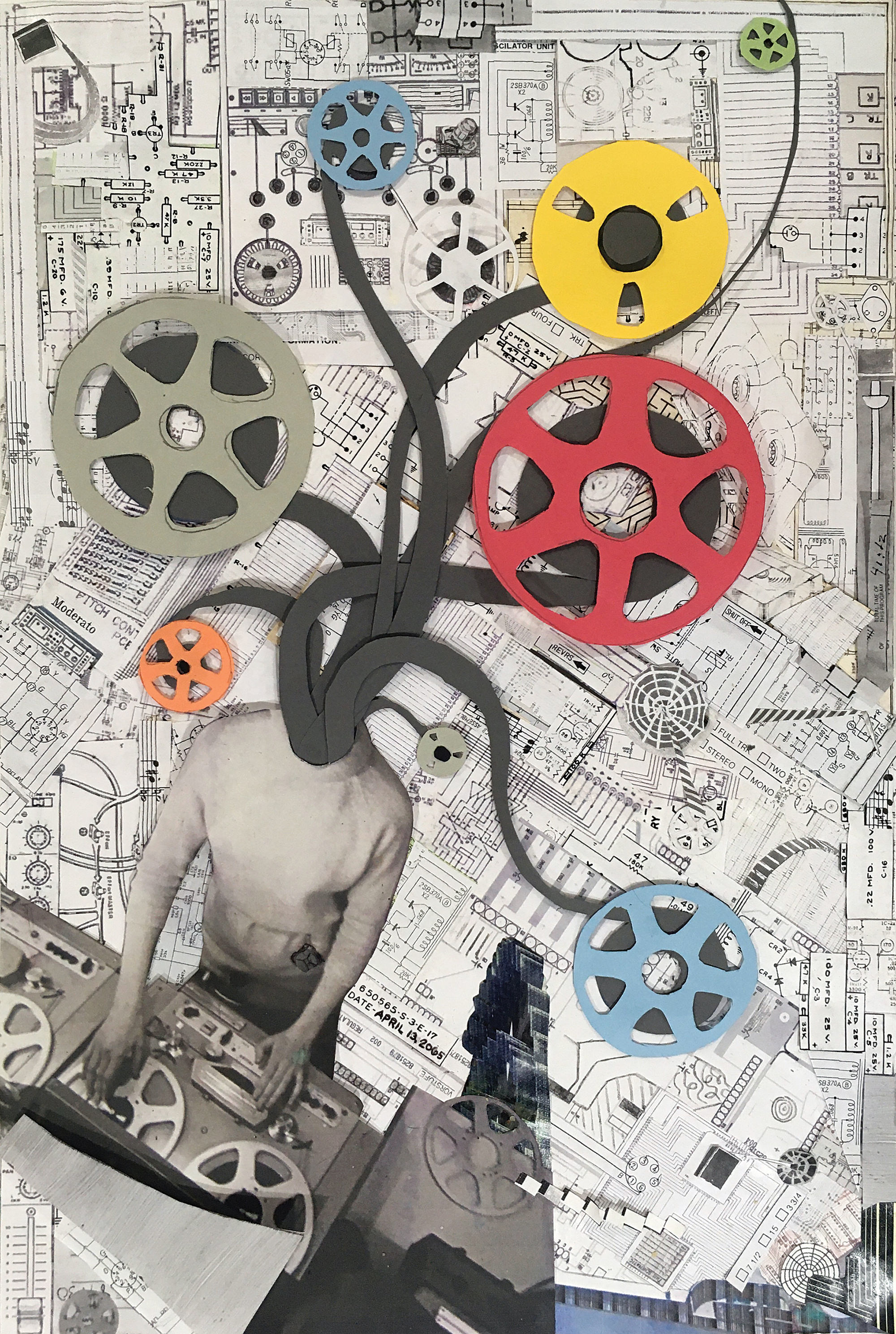The allure of a classic microphone design is powerful, and the emotional tug of a modern clone, that closely resembles its forerunner is undeniable – probably more valuable than many of us would like to admit. On top of that, it can be hard to tell between manufacturers whose aim seems to be “Let’s make the cheapest possible version of this classic mic” and those who strive to “Make the best possible version of this classic mic at the most affordable price.” In my opinion, the UT FET47 falls squarely into that second category; it looks and feels exactly like its muse, and it holds a candle to the reputation that precedes it. The UT FET47 does an excellent job at everything one might employ a classic Neumann U 47fet for, and at a price that makes adding this somewhat specialized classic to your mic closet a more reasonable decision.
For many years at Goosehead Palace here in Nashville, a beyerdynamic M 260 was my steadfast outside kick drum mic, placed a few inches off the resonant head. When I’d work at Sound Emporium, I’d opt for their vintage Neumann U 47fet in the same position, and got a similar pillowy and impactful bottom as the ribbon, with more focus and definition in the rest of the frequency spectrum. United’s take on the original gives me similar results from the comfort of my own home studio – kick drums that sound fat and hefty, but with clarity and impact. A sound that doesn’t require much tweaking to get it to speak its truth. I often reach for an opto compressor on my kick out chain, but I’ve found myself quite happy with the unprocessed sound of the UT FET47 through my Quantum Audio Labs console while noticing, that I was reaching for the EQ less often.
On Nashville session drummer Jamie Dick’s 24-inch WFL (William F. Ludwig) kick drum, the UT FET47 needed no additional processing while mixing down a folk rock song. In front of my 20-inch Leedy kick on a loose rockabilly number, a bit of mid-range EQ coaxed some extra “knock.” On a deep 22-inch Ludwig, it paired perfectly with my go-to kick in mic on a pop-leaning pre-taped TV performance session; the UT FET47 (with some help from a Little Labs VOG [Tape Op #102) provided giant and impactful low end power while a scooped EQ on the kick in helped reinforce the beater attack. On a 28-inch marching bass drum with calfskin heads, the UT FET47 is divine, perfectly enhancing the subtle, pillowy impact of the mallet, the rich bloom of the drum, and the warm tail of the decay.
I’ve spent so much time here writing about the UT FET47 as a kick drum mic because, to be perfectly honest, that’s 95% of what I’ve used it for (and 100% of what I’ve used a proper vintage one for when I’ve had the opportunity). As I moved it around the studio while building a demo, I found it (unsurprisingly) most compelling on low end sources: at the tail of a piano; on an Ampeg B-15 bass amp; or mic’ing the internal speaker of a Wurlitzer playing a chunky rhythm part. It excels on floor toms. On acoustic guitars and close mic’ing a 1x12 guitar cab, the midrange was a little too harsh and boxy for my taste, lacking the sense of depth it imparts on kick drums.<
There’s not a ton of info on United Studio Technologies online, and though there’s no association with the famous L.A. studio now operating under that name, the brand name nonetheless bestows a subconscious sense of quality in the audio world. Will the UT FET47 send chills up your spine and beat out its vintage or boutique competition in an A/B test? Probably not. But it will give you top-notch, reliable, and inspiring captures of low end-centric sources at a reasonable price while looking and feeling pretty much exactly like a studio staple. That’s worth a lot in my book.




_disp_horizontal_bw.jpg)